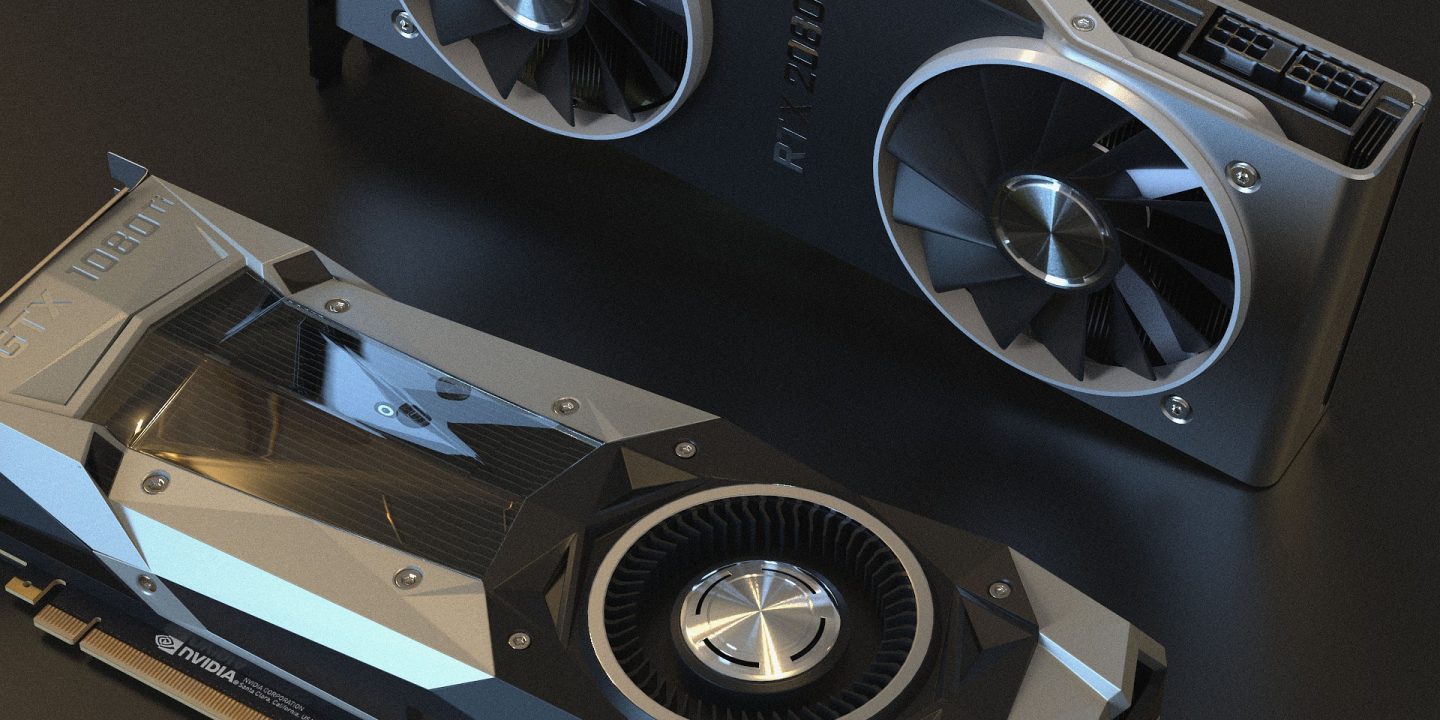
NVIDIA and Red Hat have teamed up to boost GPU driver support for Red Hat Enterprise Linux 9 (RHEL9) by introducing signed open GPU kernel modules, enhancing both security and ease of deployment.
According to NVIDIA’s official blog, this collaboration is a significant advancement that simplifies the deployment of NVIDIA graphics hardware.
Enhanced Driver Deployment Building on the precompiled NVIDIA Driver introduced in 2020, this new initiative provides an easier path for enterprises to integrate NVIDIA’s open GPU driver modules. Now compiled and signed by Red Hat, these modules remove the need for additional key enrollment configurations, streamlining their use in datacenter environments, especially for supporting Confidential Computing.
Tech Preview and Future Availability Starting with RHEL 9.5, NVIDIA offers a tech preview repository available until April 30, 2025. This repository allows users to trial both the open GPU driver and legacy drivers using modularity streams. After the tech preview period, these signed modules will be included in the NVIDIA Compute package repositories, alongside CUDA-X libraries and CUDA-optimized applications.
Activating the Tech Preview To activate the tech preview, users need to enable specific Red Hat repositories, including RHEL9 AppStream, BaseOS, and CRB. This involves adding the CUDA network repository and installing the latest open GPU stream, designed to be straightforward and enhance user experience and system compatibility.
Addressing Secure Boot Challenges Despite these advancements, NVIDIA acknowledges challenges related to Secure Boot. The legacy precompiled drivers require signing key enrollment and may face issues on systems with Secure Boot enabled, as they are signed with a key not included in the default trust chain. Users are advised to follow NVIDIA’s guidelines on enrolling the signing key to avoid disruptions.
Conclusion and Future Prospects With signed packages from NVIDIA and Red Hat, secure boot with NVIDIA on RHEL 9 is set to improve significantly. This development enhances security and ease of use, paving the way for further innovations in GPU deployment. The driver source code is available on GitHub, inviting community involvement and custom solutions.









